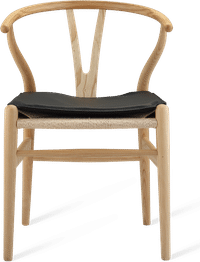Moving will cost you a mint, but you can lower your expenses by thoroughly researching your options, including your choice of moving company and the neighborhood you plan to live in. Indeed, choose the wrong neighborhood and you may regret your decision, finding it not quite the place you want to raise your family, too expensive, or too far from anything. Here’s how to find the best neighborhood as you plan your move.
1. The cost of living. If you have some flexibility on where you will live, consider a number of cost of living factors when searching for a new home. Property taxes loom as a large expense, what can match the cost of your mortgage in some states, such as in New Jersey. However, where taxes may be higher in some locales, you may also find that the city services are improved with police, fire, ambulance, shade tree, water and sewer included. Dig deeper than the obvious costs, such as property taxes, to learn what your new neighborhood will cost you.
2. Your personal safety. Neighborhoods should also be evaluated based on crime statistics. On the surface, a neighborhood may appear safe, but on closer inspection you may learn that there have been a number of car and home break ins that are unresolved. Signs of trouble become evident when you walk through the neighborhood and find homes that are unkempt, boarded or otherwise abandoned. One or two homes in such condition may not be a huge problem, but if the disrupted theme recurs throughout the neighborhood, then blight is on hand.
3. The choice of homes. A neighborhood with a satisfactory mix of homes may be most appealing: ranches, colonials and two-family homes can make add to the value of any neighborhood. On the other hand, a neighborhood filled with apartment complexes may be too transitory for your tastes. Those areas saturated with rental properties are typically more transitory — the tenants don’t have the same stake in the neighborhood as you do.
4. Consider the topography. Don’t overlook that nature can play a significant factor in where you live. In some neighborhoods, proximity to water may seem like a plus, but the downside is that the area may be prone to flooding. Homes on the edge of a forest may seem advantageous until you learn that forest fires are a real threat. Mud slides, accessibility problems following a snow storm, and grid issues during major weather events are other considerations.
5. Why schools matter. The driving force for many neighborhoods are the public schools. Even if you don’t have children in school, the quality of those schools will reflect your home values. A district that doesn’t have its costs under control is one that many will find too expensive at tax time. Also, schools that don’t provide a superior education may be valued less than those that do. Understand how children in the neighborhood are educated — if they’re bussed far, it may reflect on home values too.
6. Shopping, businesses, and entertainment. Additional factors to consider include the neighborhood’s proximity to shopping, local businesses, and entertainment. If the town features all these attributes, then you’re in good shape. If they’re within walking distance, that’s even better. Also consider the condition of the roads, sidewalks, and proximity to public parks when choosing a home advises the moving services companies.
Research it Right
Moving to a new neighborhood means conducting thorough research to determine if your home choice is the right one. For some people, renting may be the best option as it allows you to gauge the neighborhood first before buying. In any case, the more information you have, the more confident you’ll be as you make your decision. Choosing a knowledgeable real estate agent can help you here too.




